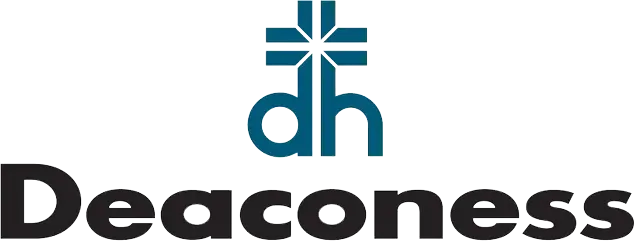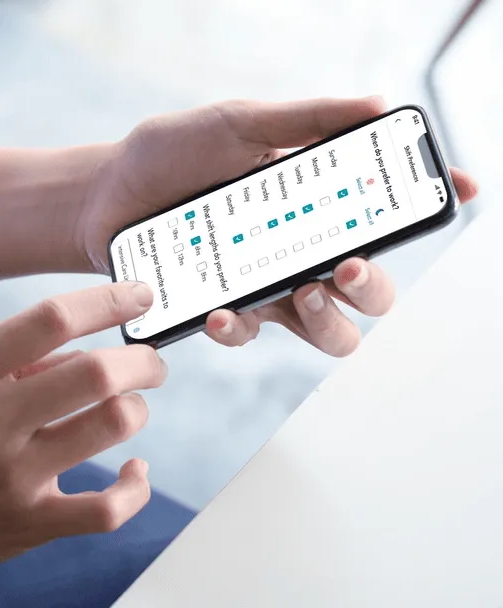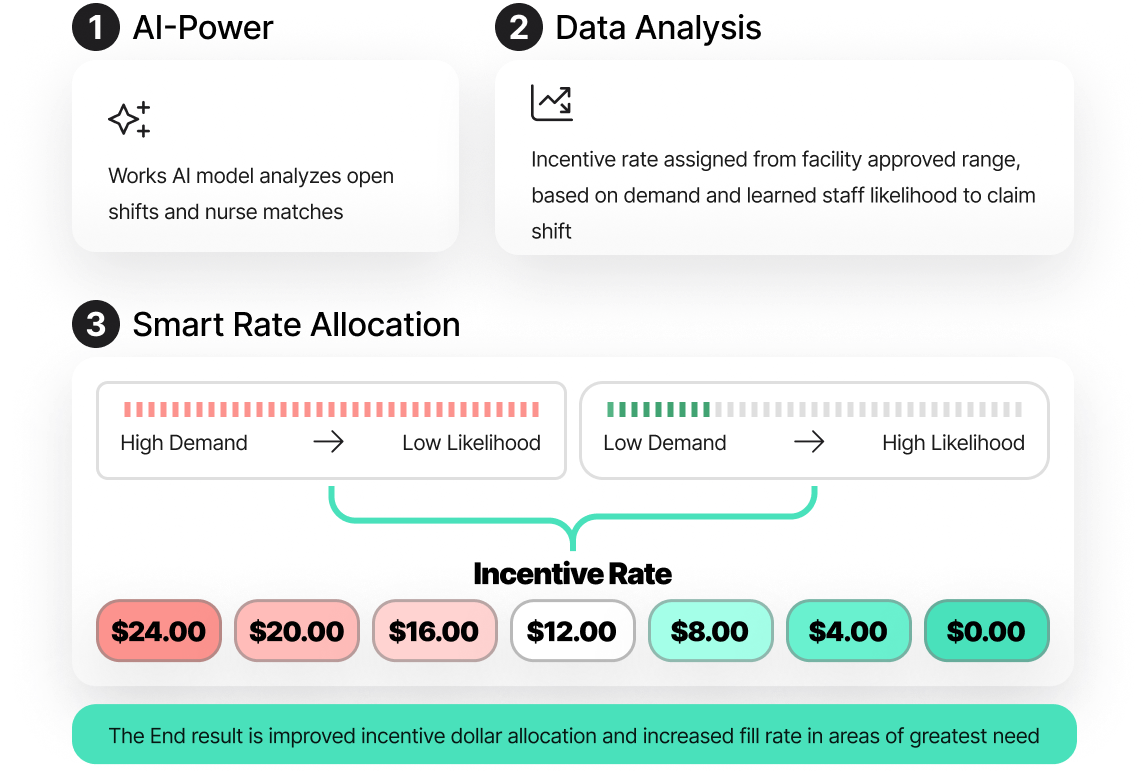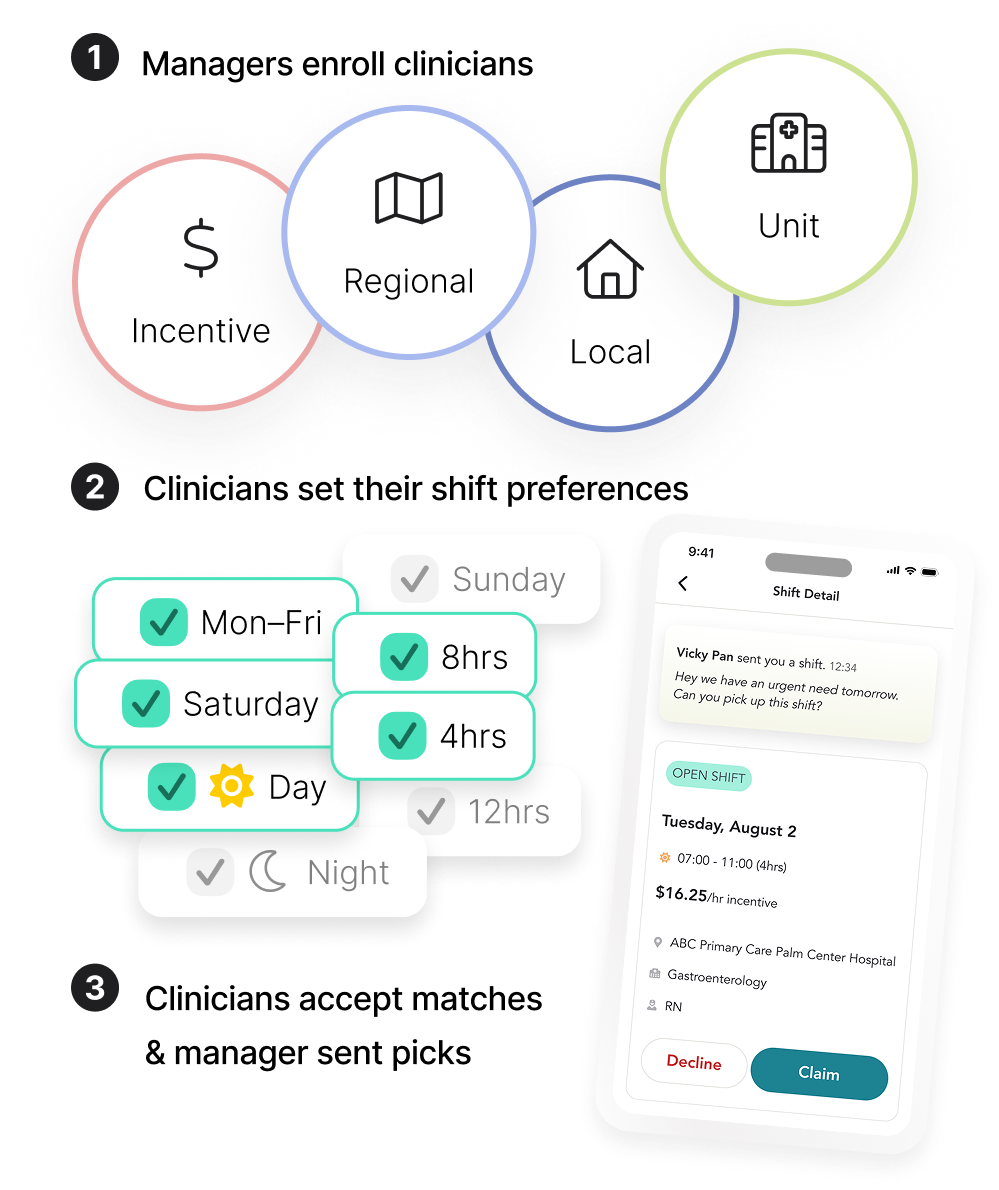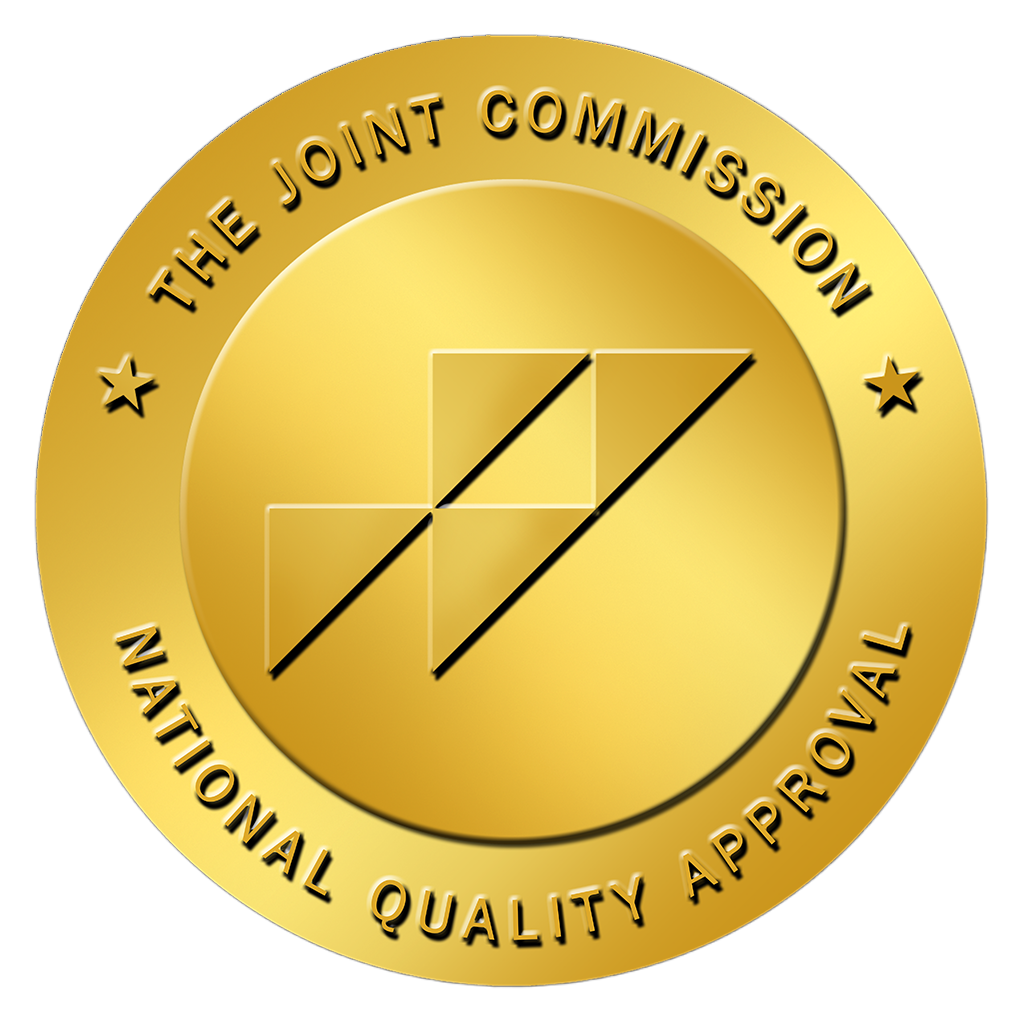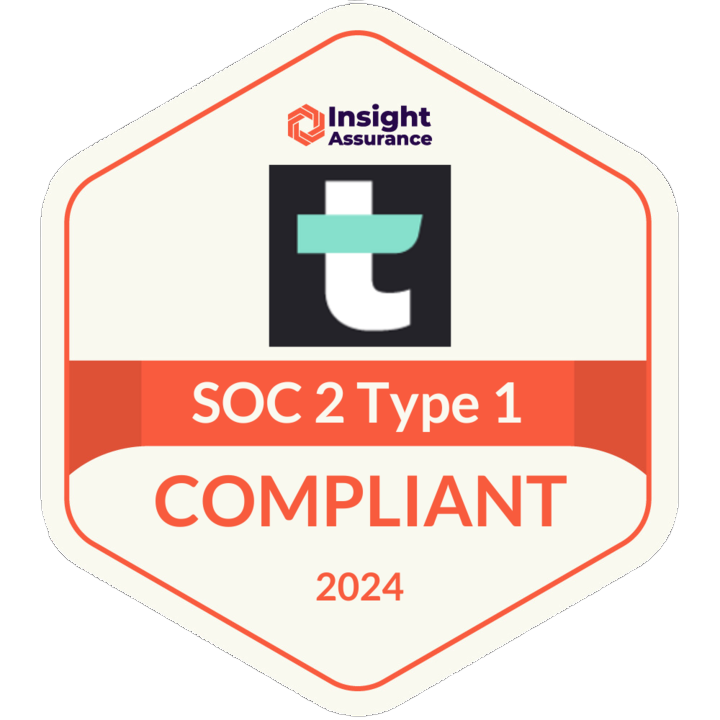
Challenges
- Siloed Labor Pools
- Unsustainable Labor Cost Increases
- Manual Staffing Processes
- Misaligned Incentives

Goals
- Reduce Skyrocketing Incentive Cost
- Decrease Dependency On External Labor
- Rightsize Rates And Increase Shift Pickup
- Improve Nurse Morale And Retention

Solutions Implemented
✓ Centralized Workforce Management Platform
✓ Automated Staffing And Scheduling Processes
✓ AI-Powered Dynamic Shift And Incentive Pricing
✓ User-Friendly Nurse-Facing Scheduling App

About Deaconess
20+ Hospitals
40+ Clinics
$1.8B Net Patient Revenue
1,200 Staffed Beds
The organization wanted to reduce reliance on external labor, get a handle on premium spend, and improve nurse morale and retention. Key challenges identified included the high burden on frontline managers trying to fill or cover open shifts, Nursing turnover rates approaching 20% annually, and high spend on external agency labor.
Leaders at Deaconess found Works, an AI-powered platform that has allowed Deaconess to manage all open shift filling needs across multiple workforce groups within a single, automated platform. As a result, Deaconess operates today with significantly reduced burden on frontline managers, greatly improved flexibility for their clinical staff, and a data-driven approach to lowering labor rates systematically while simultaneously improving fill rates month over month.
The Works platform has allowed Deaconess to scale a Resource Team, which includes multiple types of flex work that can accommodate employees’ needs, from 140 members to over 350. Each having a direct relationship with Deaconess - reducing cost and supporting quality of care. Since deploying Works, Deaconess has reduced Nursing staff turnover to below 9% annually - key to their financial stability.
This case study showcases how Works has enabled Deaconess to streamline workforce management, manage labor costs down while improving fill rates, improve clinical staff engagement, and be positioned for sustainable growth and operational efficiency.

.jpg)
